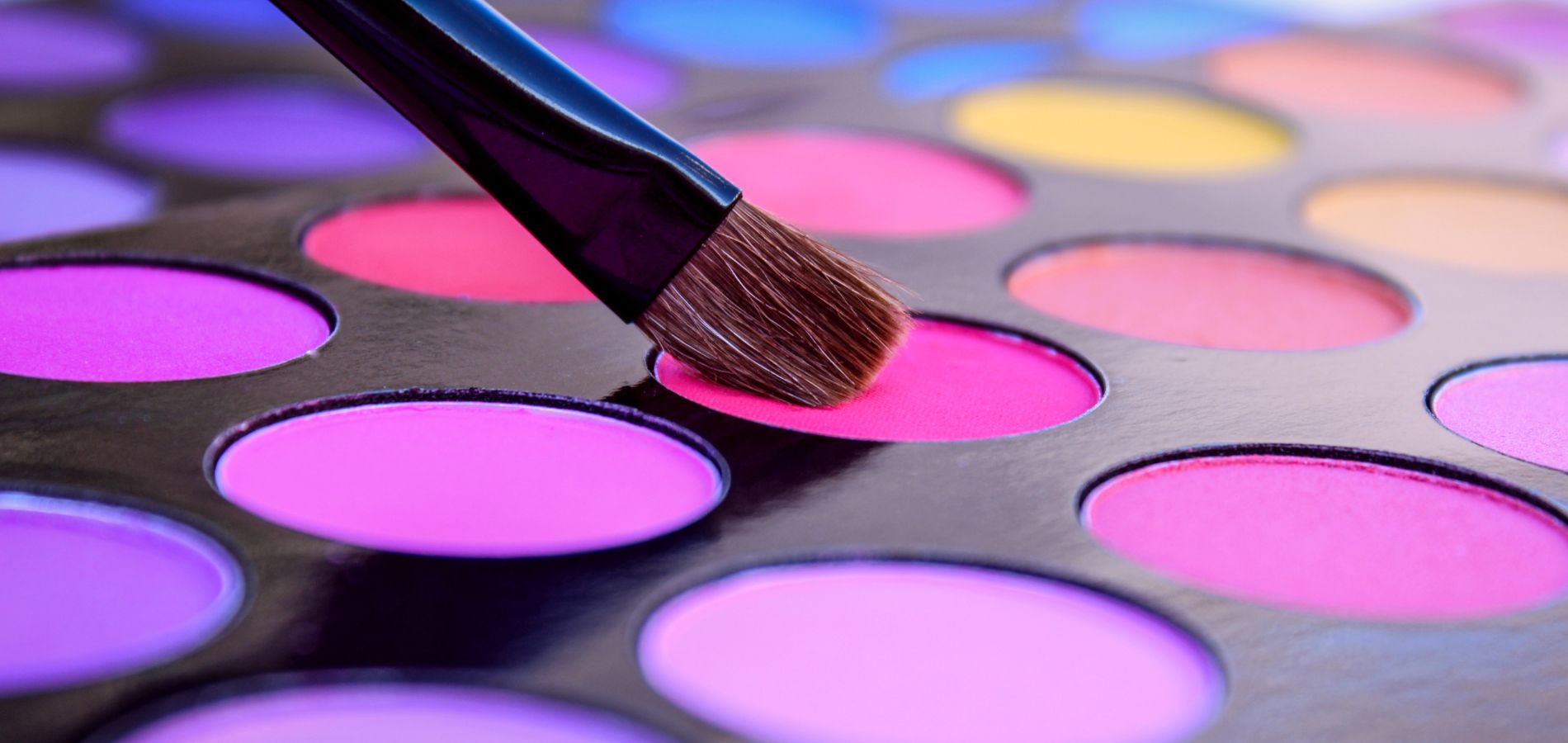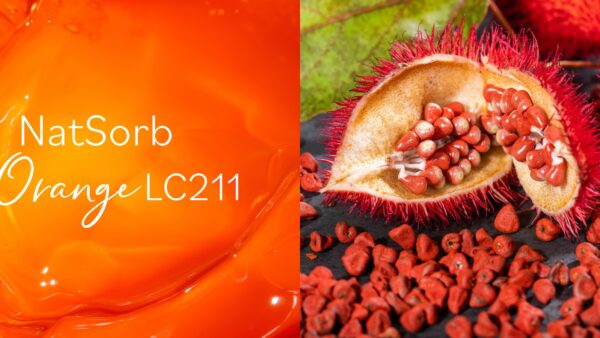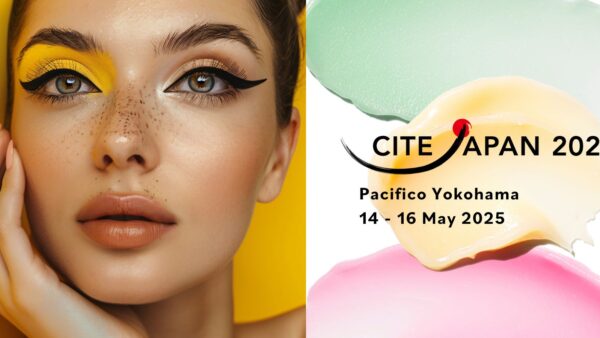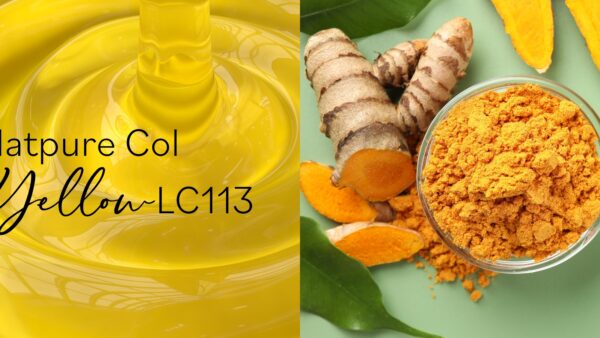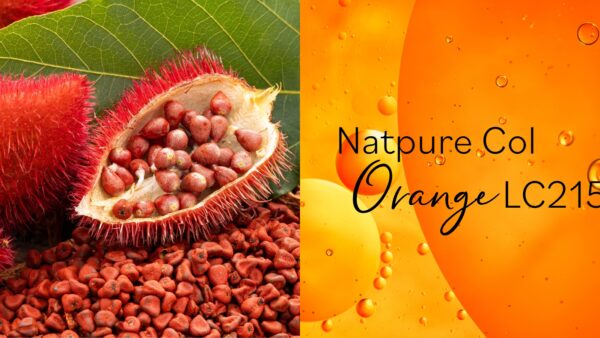This uprising Barbiecore® trend has taken complete control over the make up and fashion industry. With the iconic hot pink, it is no doubt that all fashion and cosmetic brands are leveraging on this wave to capture the attention of consumers. In the world of cosmetics, the quest for beauty has been an enduring pursuit, spanning centuries and cultures. Makeup, with its transformative powers, has the ability to enhance features, boost confidence, and express individuality. However, beneath the allure of the perfect shade lies a fundamental choice that has a profound impact on both texture and desired outcome: the use of dyes or pigments.
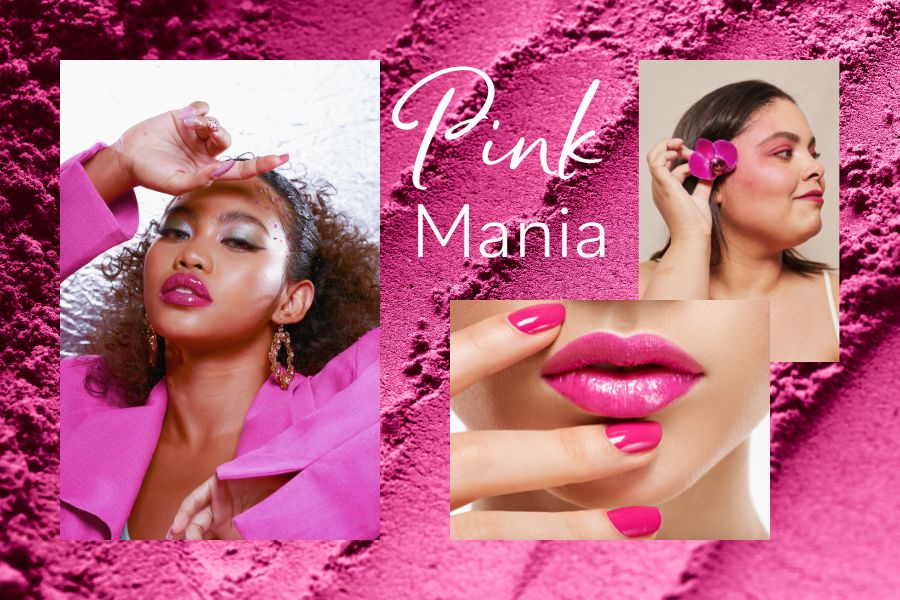
DYES OR PIGMENTS?
Understanding the crucial distinction between these colorants is paramount, as it not only influences the final result but also determines the compatibility with various skin types, long-term wear, and even potential health implications. A keen awareness of the intricacies surrounding dyes and pigments empowers consumers to make informed choices, beauty brands to innovate responsibly, and the industry as a whole to prioritize both aesthetics and well-being.
What’s the difference?
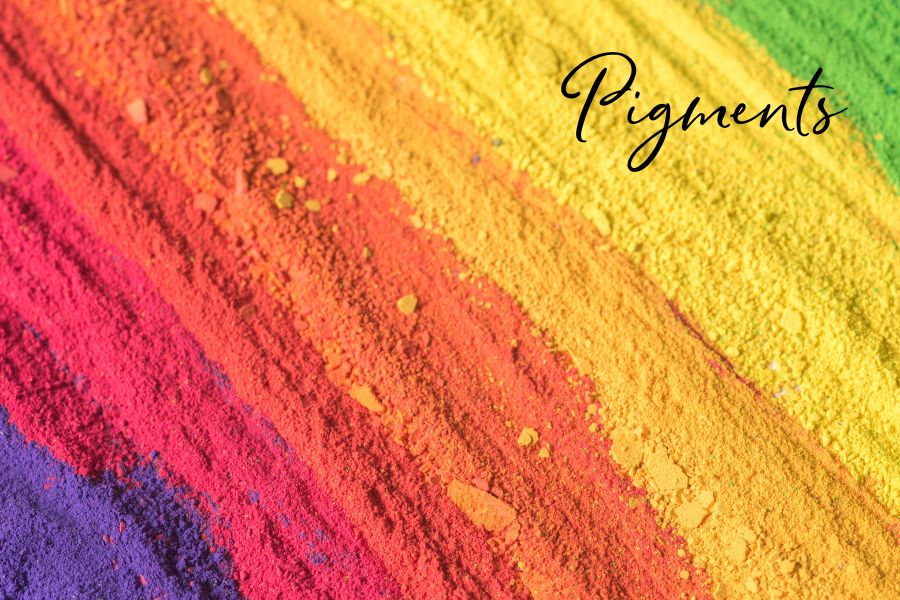
Pigments in cosmetics refer to finely ground, insoluble particles that are used to provide color to various makeup products. These pigments are typically derived from natural sources or synthetically manufactured. Unlike dyes, which are soluble in the formulation, pigments remain suspended within the product, imparting their color through dispersion rather than dissolution. Due to their insolubility, pigments offer excellent color stability, opacity, and coverage, making them ideal for creating vibrant and long-lasting cosmetic shades. They are commonly used in products such as eyeshadows, blushes, foundations, and lipsticks, allowing for a wide range of shades and hues to be achieved. Additionally, pigments offer advantages in terms of their resistance to fading, minimal migration, and reduced risk of allergies, making them a preferred choice in cosmetic formulations.
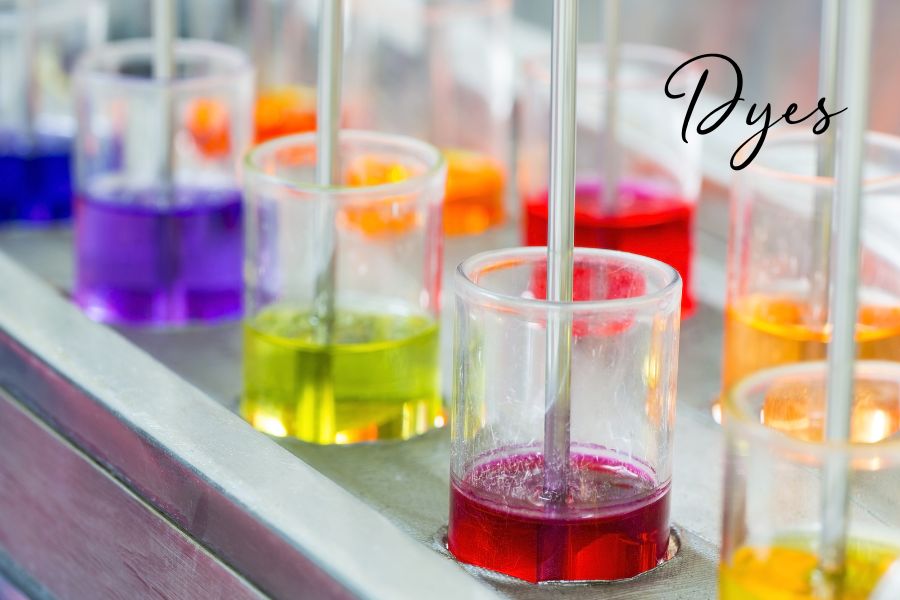
Dyes, on the other hand, are soluble colorants that dissolve in the formulation. They impart color by evenly distributing themselves within the product which can sometimes stain the skin as well. Dyes are often synthetic compounds that can be water-soluble or oil-soluble. They tend to produce more intense and transparent colors compared to pigments. Dyes are commonly used in products where a sheer or translucent effect is desired, such as lip tints and some nail polishes. The choice between pigments and dyes depends on the desired color effect, product type, and desired longevity of the color.
What are the different types of pigments used in cosmetics?
There are three broad categories of pigments — Organic, Inorganic and Pearls.
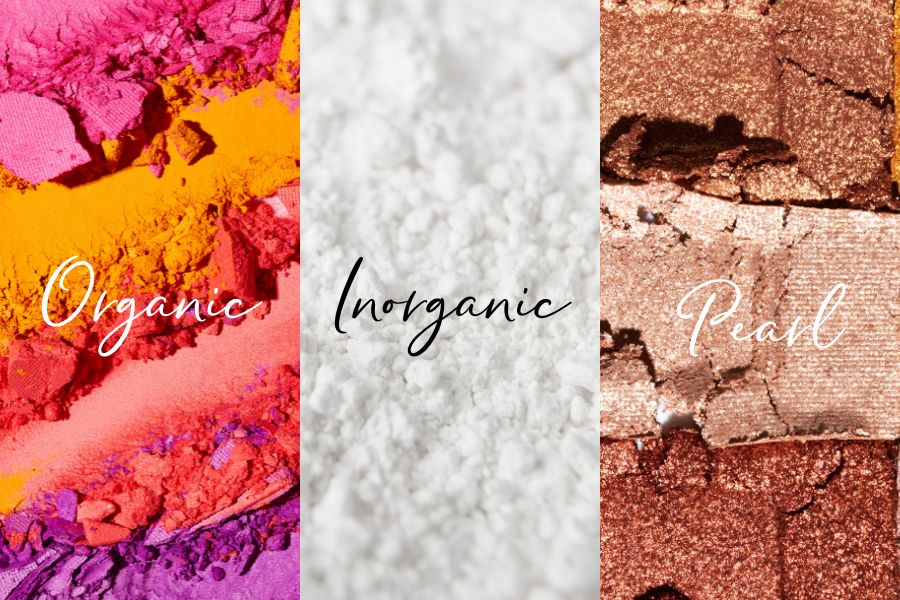
Organic pigments are colorants that are carbon-based. They offer a wide range of vibrant colors, including reds, oranges, yellows, blues, greens, and purples. These pigments are often used in various makeup products, such as lipsticks, eyeshadows, and blushes. Organic pigments provide excellent color saturation and are known for their lightfastness and resistance to fading. Examples of organic pigments are true pigments, toners, lakes and carbon black.
Metallic oxides are inorganic pigments derived from metal compounds. They include iron oxides, titanium dioxide, and chromium oxide greens, among others. Metallic oxides offer stable and opaque colors. They are commonly used in foundations, concealers, and powders to provide natural skin tones, brightness, and coverage.
Complex mineral salts are another form of inorganic pigments and are derived from minerals through chemical processes. These pigments offer a wide range of colors, including blues, greens, purples, and bronzes, including ultramarine, manganese violet and Prussian blue. They are often used in eyeshadows, highlighters, and other cosmetic products to create unique and vibrant shades. Complex mineral salts provide good color payoff and can add depth and dimension to makeup looks.
Pearls can be both synthetic and natural, each with its own characteristics and applications. These pigments consist of mica or other substrates coated with metallic oxide layers. Pearls can create a variety of captivating effects, such as a soft glow, multi-dimensional shine, or color-changing appearance. They are commonly used in highlighters, eyeshadows, and nail polishes to add luminosity and sparkle.
Sensient Beauty’s Industry-Leading Pigments
Sensient, a renowned innovator in the field of cosmetics, offers a range of industry-leading pigments, including UNIPURE® LC and ARIABEL®.
UNIPURE® LC
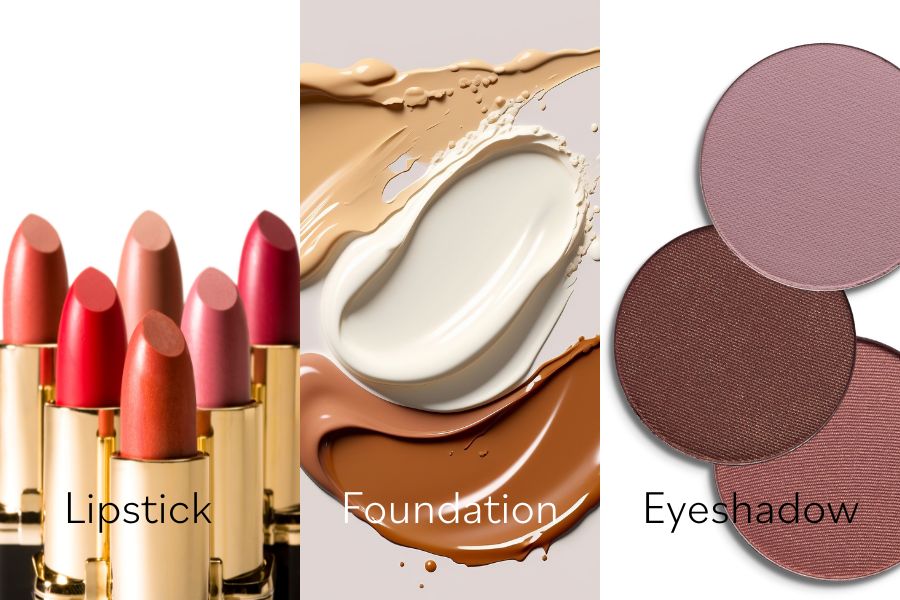
UNIPURE® LC pigments are a comprehensive line of purified lakes, mineral, and organic pigments specifically designed to meet the stringent requirements of the cosmetic industry. These organic and inorganic pigments offer a wide range of shades and provide multi-functional benefits. With superior batch-to-batch consistency, UNIPURE® LC pigments require minimal shade adjustment, ensuring reliable and consistent results. Their high color strength and superior chroma result in vibrant and intense hues, enhancing the visual impact of cosmetic formulations. These pigments also exhibit excellent dispersibility, making them easy to incorporate into various cosmetic products. They are characterized by their exceptional chemical and bacteriological purity, meeting the highest quality standards in the industry. They are also low in heavy metal content, adhering to regulatory requirements for safety and are globally compliant.
Among the pigments included in the UNIPURE® LC line, there are various mineral pigments worth noting. Pigmentary Titanium Dioxide (TiO2), a white pigment, offering high covering power and stability against heat and light. Iron Oxides, available in black, yellow, and red shades, can be blended to create a range of browns, tans, and umbers, commonly used in liquid foundations, face powders, and blushers. Zinc Oxide (ZnO), another white pigment, that has slightly less covering power than Titanium Dioxide.
Chromium Oxides are available in both hydrated and anhydrous grades, offering green-blue and olive green shades, respectively, with limitations on Cr6+ content. Ultramarines provide shades from bright blue to violet, pink, and green. Manganese Violet offers a purple color with a red shade, while Prussian Blue provides a deep, intense dark blue pigment with high coloring power.
Lakes are also offered within the UNIPURE® LC range. Lakes, a type of pigment, are created by precipitating a water-soluble dye onto an insoluble substrate, such as Alumina (Al2O3), and converting it into an insoluble metallic salt using substances like aluminum, barium, or calcium. The percentage of pure dye content in lakes are carefully optimized to achieve an acceptable coloring powder while minimizing bleeding. The FDA allows the use of the term “lake” to describe a mixture of true pigment or toner with a substrate, such as alumina or barium sulfate. Lakes offer bright and vivid shades, adding vibrant color to cosmetic formulations. However, depending on their chemical structure and solubilizing groups (-OH), some lakes may exhibit little to no bleeding or moderate bleeding in aqueous media, which can result in a staining effect on the skin or lips.
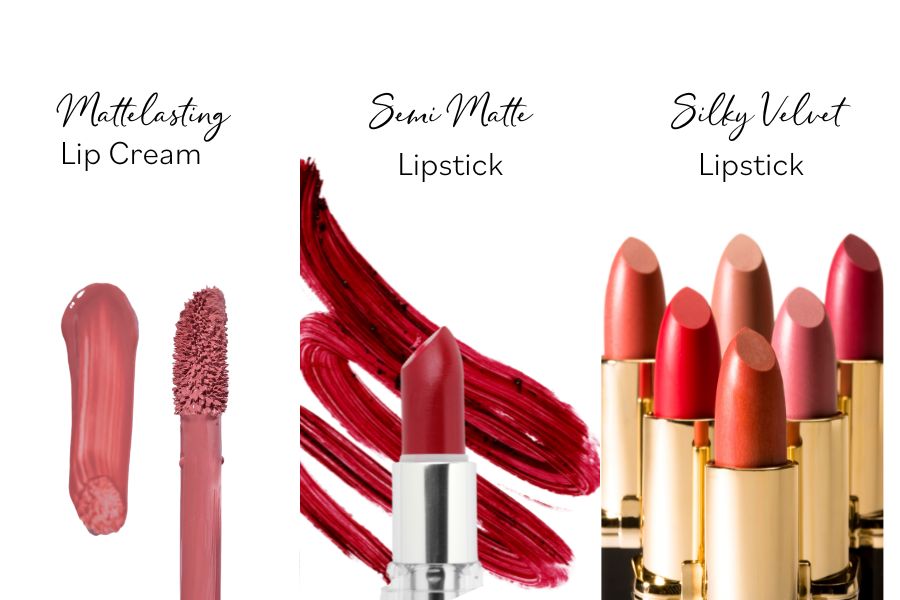
ARIABEL® offers cost-effective and globally compliant selection of lakes and organic pigments that cater to the cosmetic industry’s needs. These pigments and lakes encompass a wide range of shades, allowing for the creation of vibrant and captivating colors in cosmetics. They also exhibit good batch-to-batch consistency, ensuring that the desired color outcome remains consistent throughout production, while also possessing good chroma, providing depth and intensity to the final product. ARIABEL® maintains high standards of chemical and bacteriological purity, guaranteeing that their pigments meet strict quality criteria while complying with safety regulations. With ARIABEL®, cosmetic manufacturers can confidently incorporate these pigments into their formulations, knowing that they deliver reliable color performance and adhere to stringent purity standards.
Sensient Beauty’s Industry-Leading Dyes
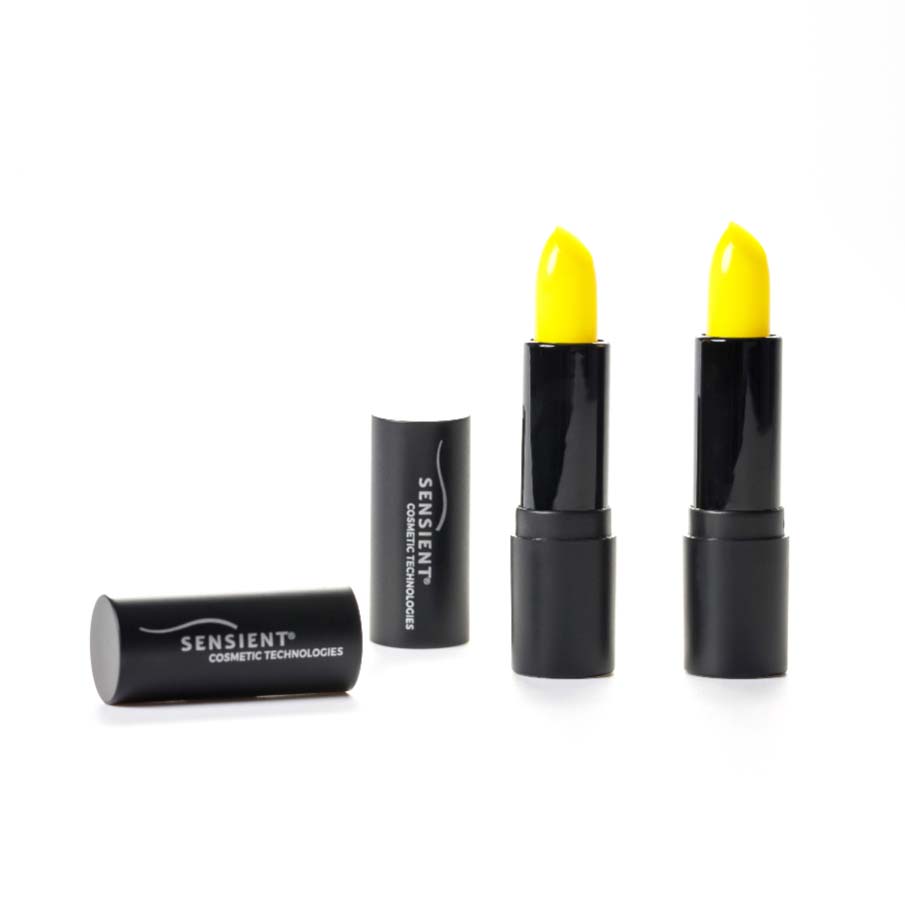
UNICERT® dyes, are water-soluble and pH dependent colorants available in a broad spectrum of colors, allowing for customization and creativity in lip tint formulations. With UNICERT®, brands can leverage on the up-rising trend of sheer and jelly-like lip textures or color-changing lips to formulate innovative lip products, such as Sensient’s AQUALASTING LIP TINT SCT6456 SML and YELLORANGE TINTED LIP BALM SCT6207 SCL respectively.
With the usage of UNICERT RED K7057-J, the AQUALASTING LIP TINT SCT6456 SML provides a tinting effect that creates long-lasting colors on the lips. Not to forget, UNICERT K7053-J is a bromoacid dye used in the YELLORANGE TINTED LIP BALM SCT6207 SCL that turns from yellow to orange upon application on the lips, due to individual lip’s pH.
If you’re eager to learn more about the exceptional pigments offered by Sensient Beauty, we invite you to take the next step and contact us today.
